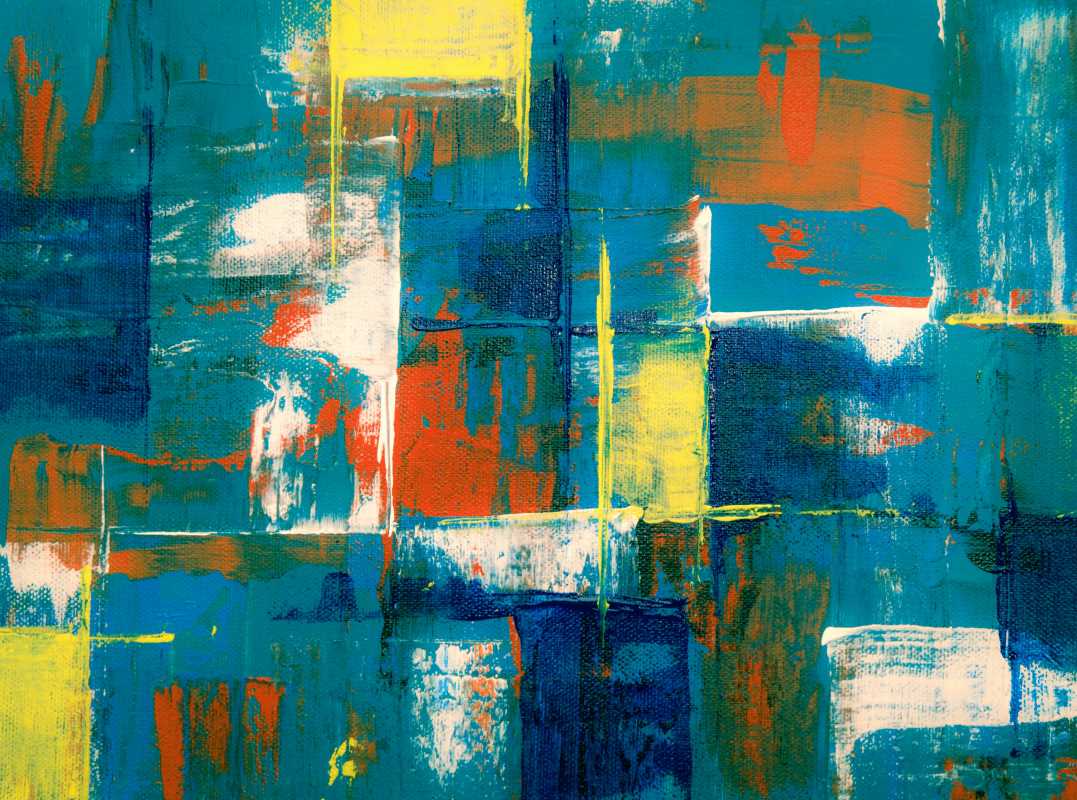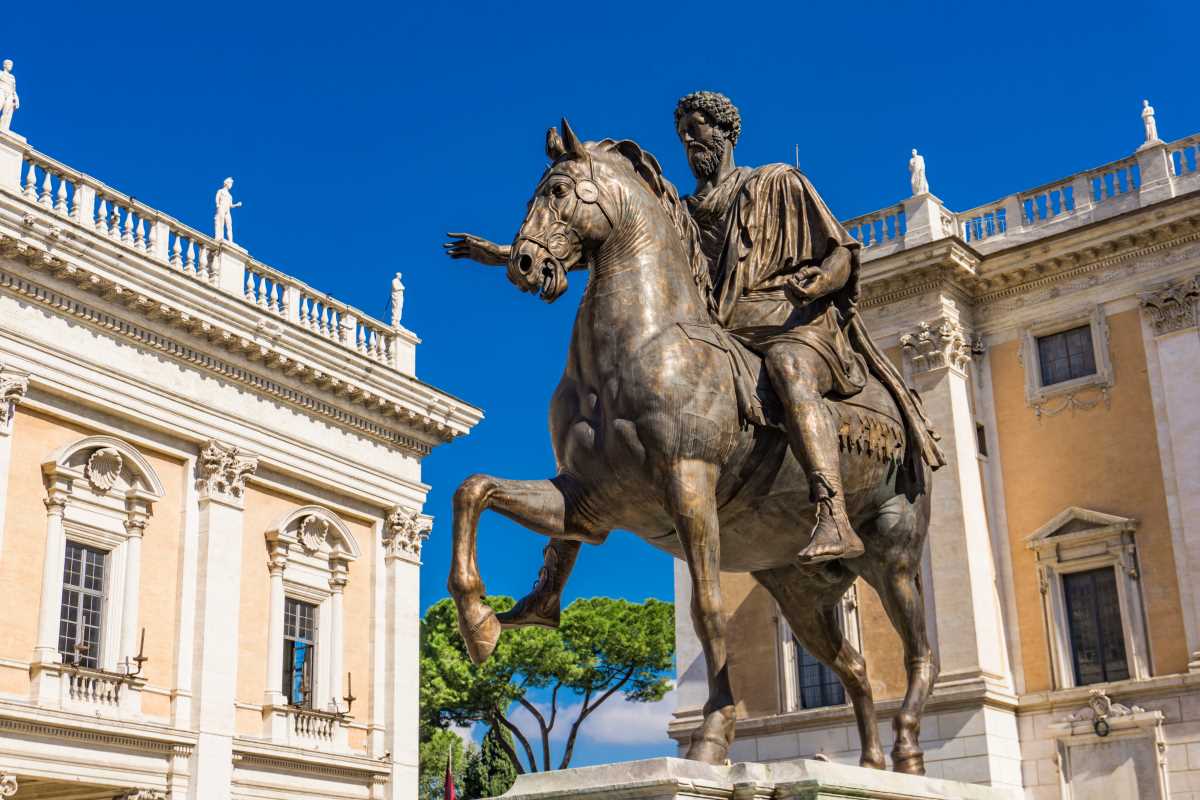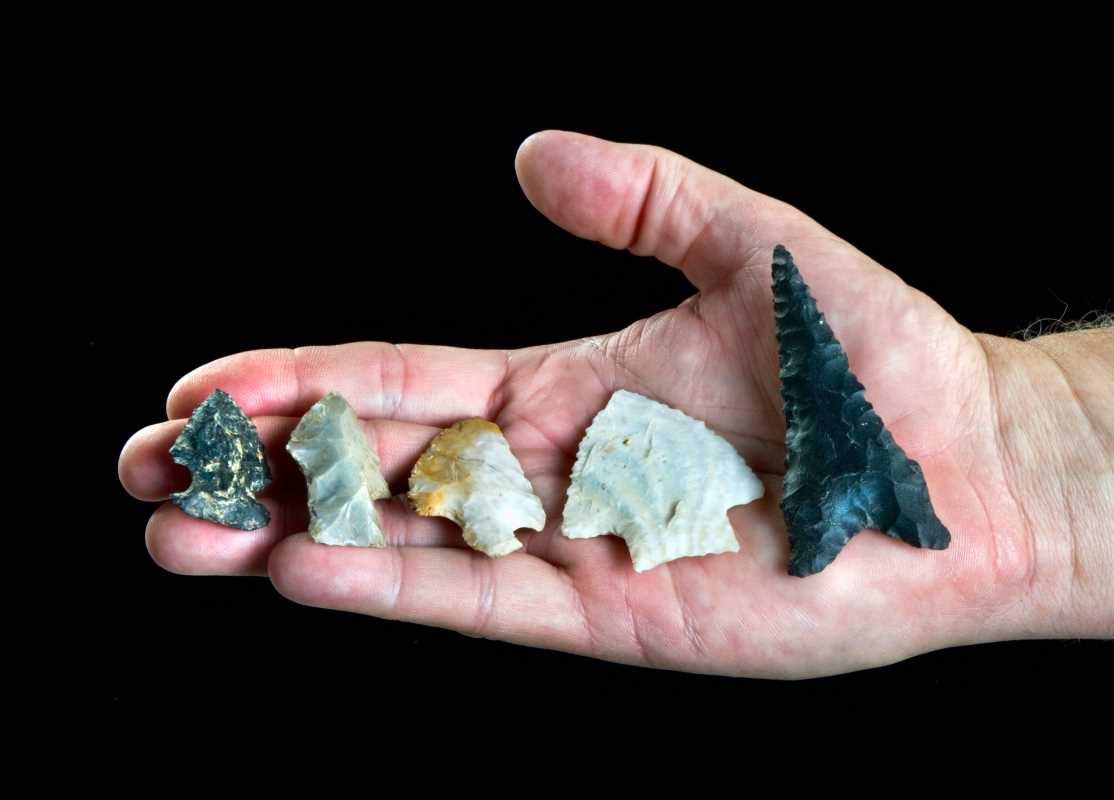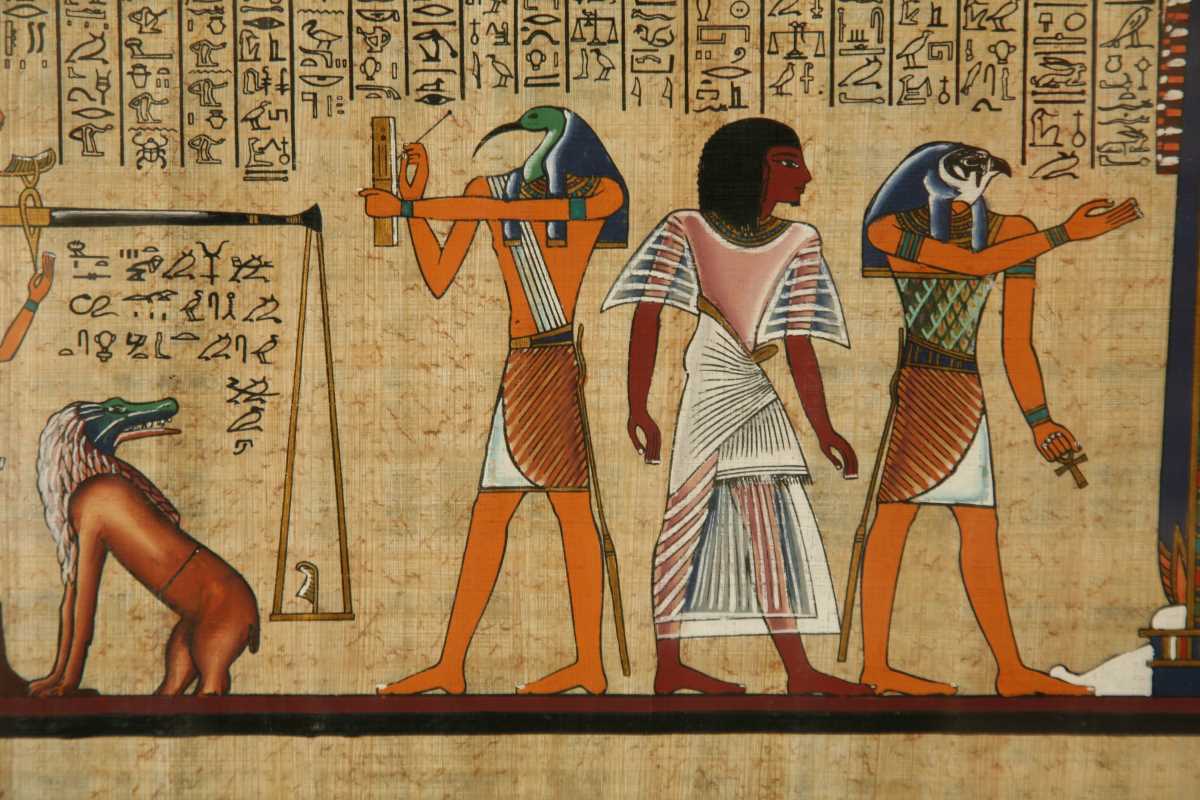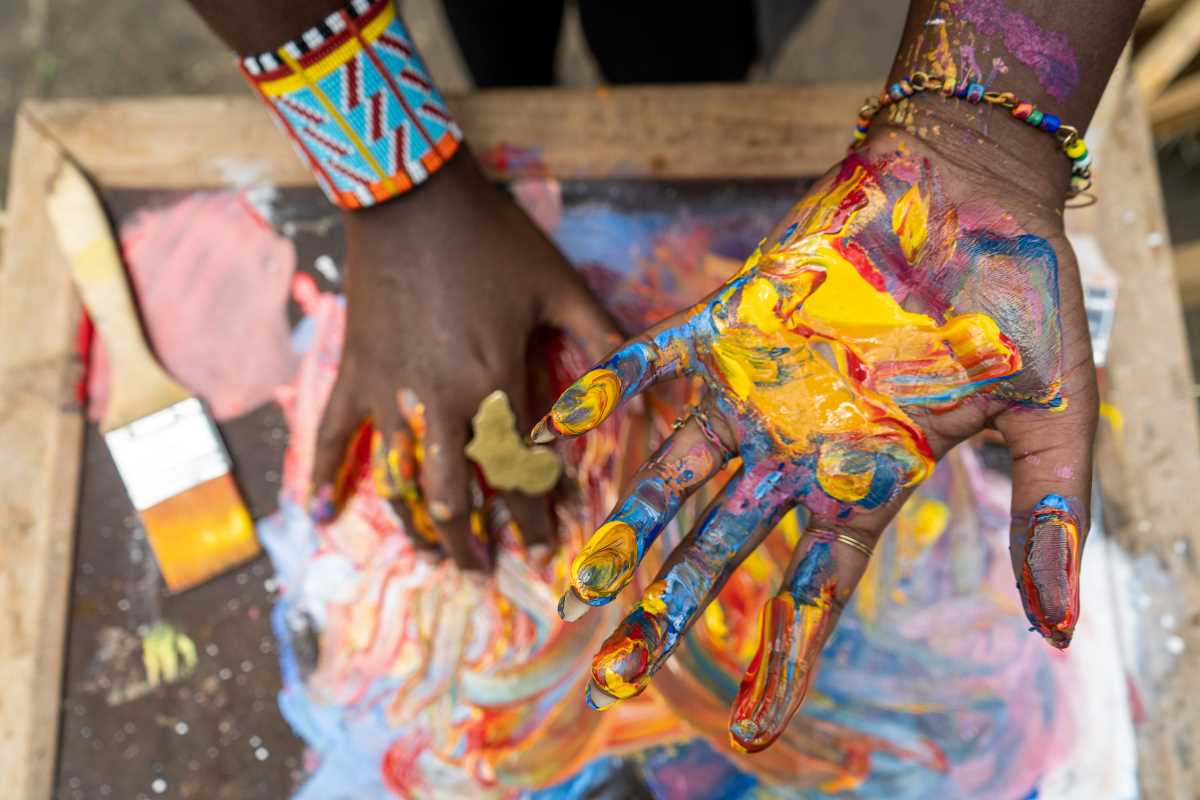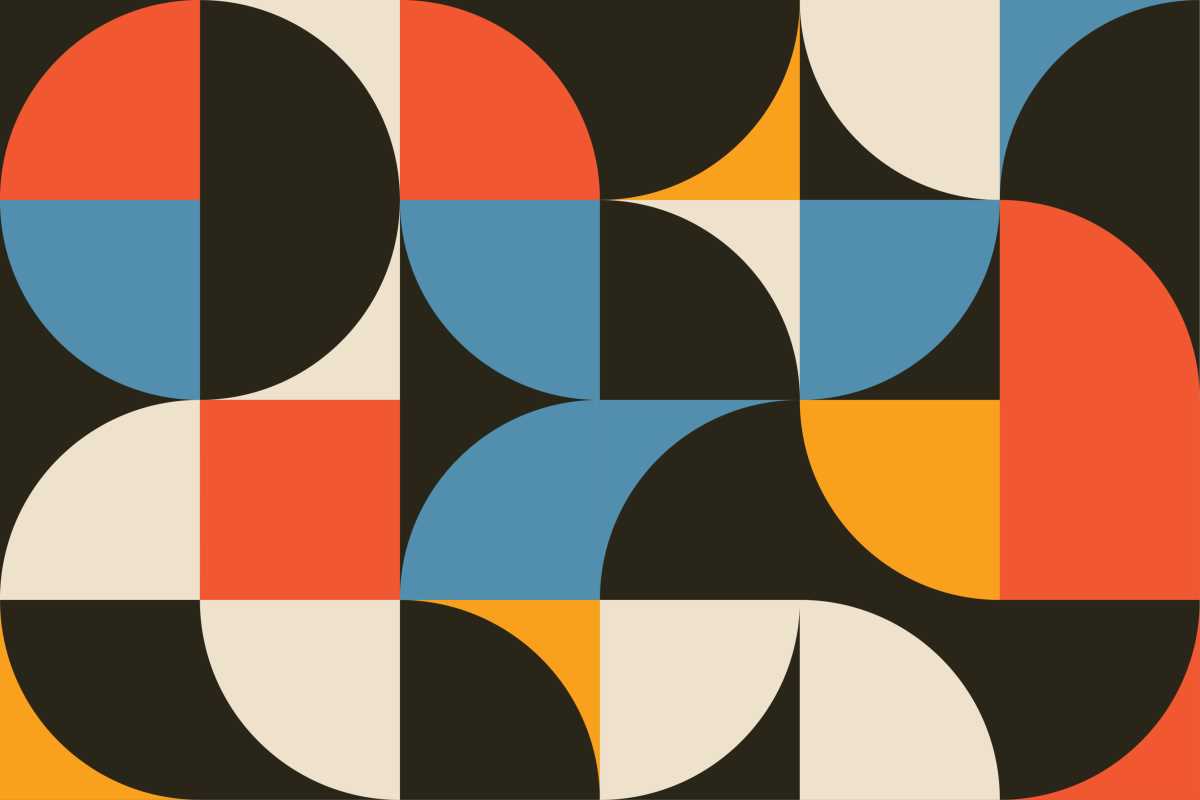When you think of the Renaissance, names like Michelangelo, Leonardo da Vinci, and Botticelli might spring to mind. But behind these legendary artists stood a family that changed the art world forever: the Medici. The Medici family wasn’t just a wealthy and powerful dynasty in Florence, Italy. They were the ultimate patrons of art and culture during the Renaissance, using their influence and fortune to help create some of the most iconic works in history.
Without the Medici, the Renaissance might not have reached the same heights. By funding the arts, they gave artists the freedom to innovate and express ideas that reshaped Europe’s cultural landscape. The Medici weren’t just benefactors; they were visionaries who saw art as a way to solidify their political power while transforming society.
This article explores how the Medici family’s support for art and architecture helped define the Renaissance, turning Florence into a cultural epicenter and laying the groundwork for the modern art world.
Who Were the Medici?
To understand their impact on art, it helps to know who the Medici were. The family rose to prominence in Florence in the 15th century, primarily through their banking empire. Their bank became one of the most powerful in Europe, and their wealth soon translated into political influence.
The family effectively ruled Florence for much of the Renaissance, though not always officially. They held key positions in politics, forged alliances, and even produced a few popes. They used their money to gain and maintain power, but they also believed in using it to enrich the city and elevate their legacy.
The Connection Between Wealth and Patronage
During the Renaissance, art was expensive. Paint, marble, and even hiring skilled apprentices cost serious money. Few artists could afford to create masterpieces without financial backing. That’s where patrons came in. Wealthy families like the Medici commissioned works of art, providing funds for artists to create while also showcasing their own tastes and influence.
The Medici didn’t just fund art for the sake of it. They saw it as an opportunity to reinforce their prestige in Florence and beyond. By associating their name with jaw-dropping art and architecture, they showcased their sophistication and cemented their legacy. Essentially, their patronage was a way for the Medici to demonstrate power and control, albeit in a visually stunning way.
Transforming Florence
The Medici played a huge role in turning Florence into the heartbeat of the Renaissance. They not only funded individual artists but also launched large-scale projects that shaped the city’s cultural and intellectual landscape.
Building Renaissance Florence
One of their most significant contributions was funding architectural masterpieces that defined Florence. The Medici sponsored the construction and renovation of churches, cathedrals, and palaces, many of which still stand today.
For example, Giovanni di Bicci de’ Medici, the family patriarch, funded Filippo Brunelleschi’s work on the dome of Florence’s cathedral, the Santa Maria del Fiore. Known simply as The Duomo, the dome is an engineering marvel that symbolized Florence’s artistic dominance. Brunelleschi’s innovative techniques were groundbreaking, and without Medici funding, this monumental project might never have been completed.
Establishing Cultural Institutions
The Medici didn’t stop at funding art commissions. They also established schools and institutions aimed at fostering creativity and learning. Cosimo de’ Medici, often called Cosimo the Elder, founded the Medici Library, which housed one of the most impressive collections of manuscripts in Europe. This library became a hub for scholars, writers, and thinkers, spreading Renaissance ideas far and wide.
Cosimo also supported the Platonic Academy, a group of philosophers and intellectuals who explored the works of Plato. This academy bridged the gap between art and science, encouraging innovation and spreading new ways of thinking.
Helping Artists Thrive
One of the Medici family’s biggest contributions to the art world was their support of individual artists. They often gave them financial stability, allowing them to take creative risks and push boundaries.
Michelangelo
Michelangelo, one of the greatest artists of all time, might not have reached his full potential without Medici support. Lorenzo de’ Medici, often called Lorenzo the Magnificent, noticed Michelangelo’s talent when he was just a teenager. Lorenzo invited the young artist to live in the Medici palace, giving him access to education, resources, and connections.
This early support helped launch Michelangelo’s career, paving the way for future masterpieces like the Statue of David and the Sistine Chapel ceiling.
Sandro Botticelli
Sandro Botticelli, another celebrated Renaissance artist, also flourished under Medici patronage. Lorenzo the Magnificent commissioned Botticelli to paint works like The Birth of Venus and Primavera, which became defining pieces of Renaissance art. The mythological themes in these paintings reflected the Medici’s interest in merging classical ideas with contemporary artistry.
Leonardo da Vinci
Although not as closely aligned with the Medici as other artists, Leonardo da Vinci received support from them at key moments in his career. This backing allowed him to work on ambitious projects that included exploration of new techniques and ideas.
The Medici and the Church
Religion was a central theme in Renaissance art, and the Medici’s close ties to the Catholic Church played a role in their patronage. Several Medici family members became popes, such as Pope Leo X and Pope Clement VII. These papal connections gave the Medici even more influence over the art world.
Funding Religious Art
The family commissioned countless religious artworks to adorn churches and chapels. These pieces didn’t just serve a spiritual purpose; they also reinforced the Medici’s power by aligning their name with grand religious institutions.
For example, the Medici Chapel in the Basilica of San Lorenzo, designed by Michelangelo, remains a testament to the family’s wealth and devotion.
A Lasting Legacy
The Medici family’s influence waned over time, but their impact on art and culture remains undeniable. The works they funded not only shaped the Renaissance but also became the foundation for what we now call fine art.
The Birth of the Modern Museum
By collecting and commissioning so much art, the Medici inadvertently set the stage for modern museums. Many of the pieces they owned are now on display in global institutions like the Uffizi Gallery in Florence, one of the most famous art museums in the world. The Uffizi’s collection, started by the Medici, preserves their contributions to art for future generations.
Inspiration for Artists Today
Even centuries later, the artists supported by the Medici continue to inspire. Michelangelo’s sculptures, Botticelli’s paintings, and Brunelleschi’s architectural feats remain benchmarks of artistic genius.
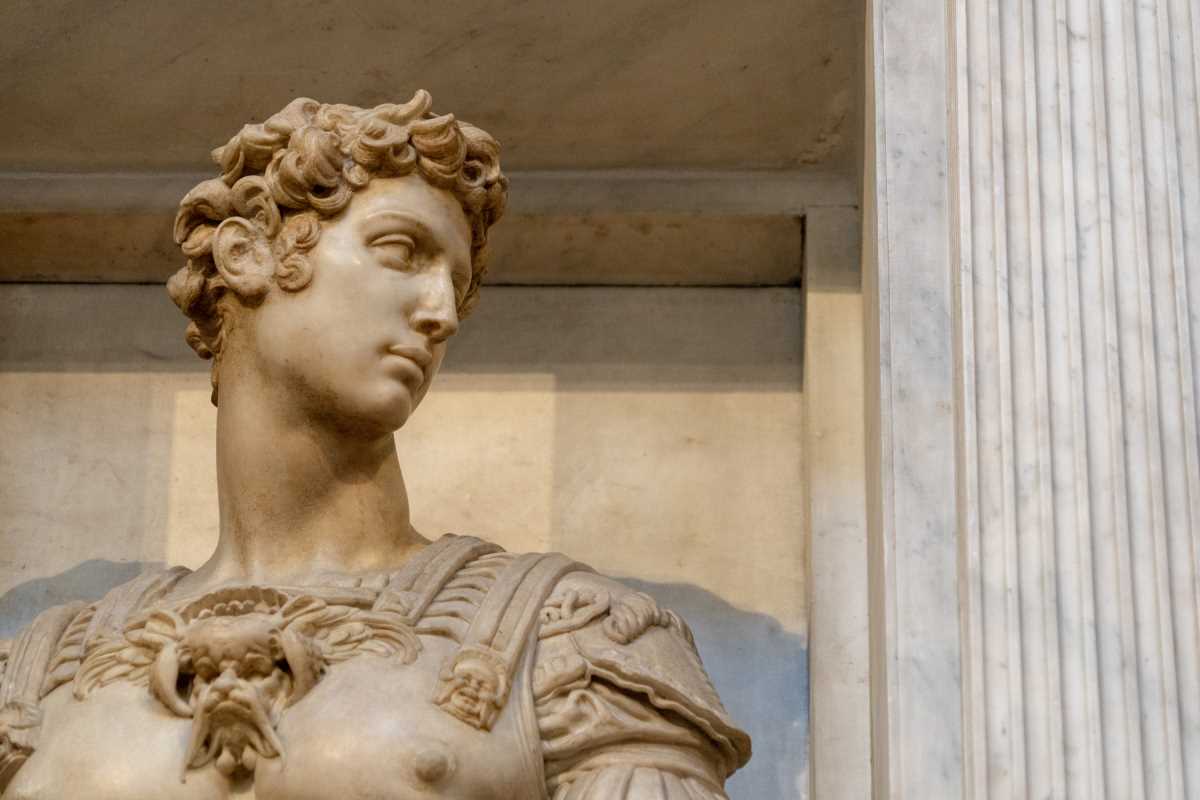 (Image via
(Image via